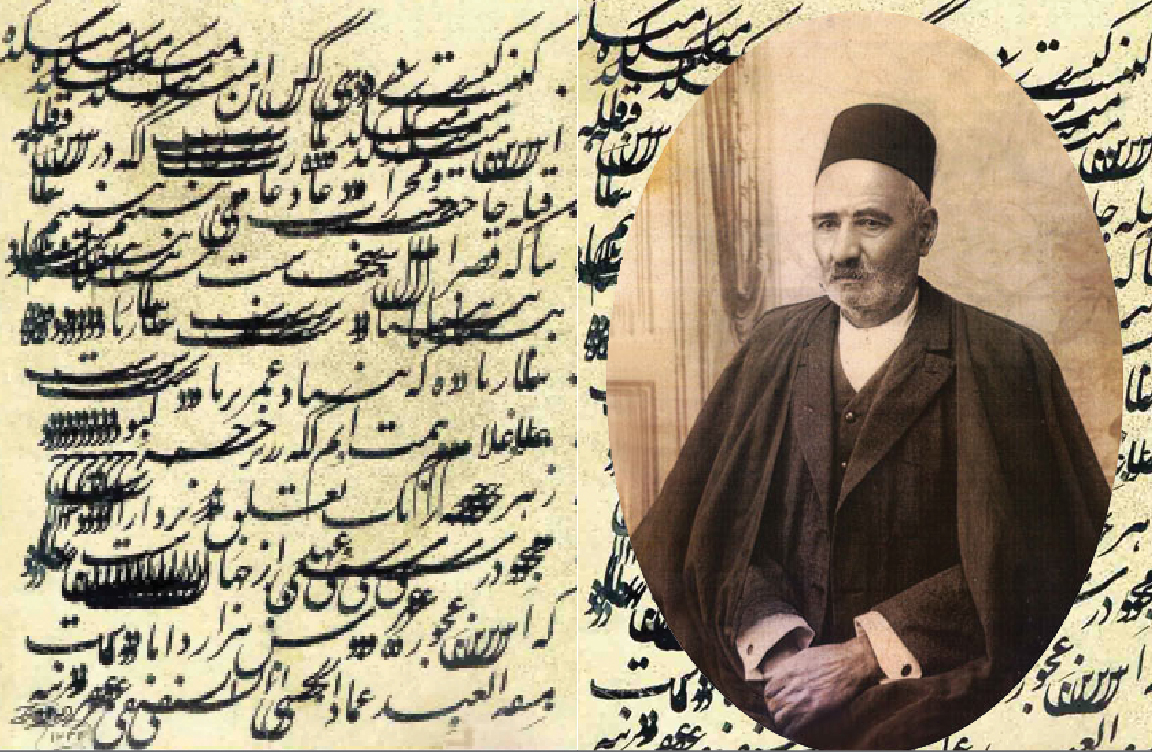The 53rd conference of art research at Tehran’s Negarestan Garden on March 12 was dedicated to the 19th century master of calligraphy Emad al-Kottab Seifi.
Contemporary calligraphers Gholamhossein Amirkhani, Hamidreza Qelichkhani and poet and author Alireza Hashemi-Nia were among the attendees, Honaronline reported.
An exhibition of artworks, newly-discovered manuscripts and photos of Seifi is slated to be held from March 21 to April 18 at Kamal-ol-Molk Museum on Daneshsara Avenue in Tehran.
Mirza Mohammad-Hossein Seifi Qazvini (1861-1936) also known as ‘Emad-al Kottab’ (Pillar of the Scribes) was a veteran calligrapher who mostly worked on the ‘Nastaliq’ script, a predominant style in Persian calligraphy developed in the 14th and 15th centuries in Iran.
He was a follower and developer of the unique calligraphy style of Mirza Mohammad Reza Kalhor (1829–1892), the 19th century Iranian calligrapher of Kurdish origin, known for his mastery of the Nastaliq script technique.
Seifi is considered “the last ring in the ancient masters’ chain,” who transferred the art to the contemporary generation of calligraphists. He authored several valuable books, including a guide to self-instruction on Persian calligraphy. His ‘Rasm al-Khatt’ (Rules of Penmanship) made the art of calligraphy available to all for the first time.
Inscriptions
He was conferred the title ‘Emad al-Kottab’ by Mozaffar ad-Din Shah, the fifth Qajar king (who ruled between 1896 and 1907), for his handwritten copy of the ‘Shahnameh’ (The Book of Kings) written by Persian poet Ferdowsi (940–1020 AD).
He also wrote inscriptions for several monuments such as the portal of the 13th century Sepahsalar (Shahid Motahari) Mosque and Madrasa in Tehran, Ferdowsi’s tomb in Tus, Razavi Khorasan Province and the old Faculty of Letters in Tehran. Signed works by Seifi, like Reza Kalhor, are very rare. Most of his works were donated to the National Library in Tehran by his daughter Moluk Emad.
Inspired by Seifi, the famous late film director Ali Hatami, created a series for state TV called ‘Hezar Dastan’ (Thousand Stories’) in the 1990s.


